Image Identity Design
Branding is the process of creating a unique identity and image for a product, company, organisation, or even an individual. It involves crafting a distinct name, logo, design, and messaging that differentiate the entity from its competitors and establish a lasting impression in the minds of consumers or target audience.
The goal of branding is to cultivate a positive perception and emotional connection with the brand, ultimately influencing consumer behaviour and encouraging loyalty. A strong brand effectively communicates the values, personality, and promises of the business. It helps build recognition, trust, and credibility, and serves as a foundation for marketing and business strategies.
Brand Identity
Branding encompasses various elements, including visual identity (such as logo, colour palette, typography), brand voice and messaging, brand positioning, brand personality, and brand experiences. These elements should be consistent across all platforms, whether it’s advertising, packaging, customer service, or online presence.
Effective branding requires a deep understanding of the target audience, market research, and strategic planning. It involves defining the brand’s purpose, values, and key attributes, and then aligning all aspects of the brand’s communication and behaviour to reflect and reinforce those qualities. A well-executed branding strategy can differentiate a brand from competitors, create customer loyalty, and contribute to long-term success.

Branding Services
Logo Design
Visual Representation
Logo design is the process of creating a visual representation of a brand or company using symbols, typography, colours, and other design elements. A logo serves as a visual identity and is often the first thing people notice when encountering a brand. The logo design process typically involves several stages, including research, brainstorming, sketching, digitising, refining, and finalising the design ensuring that the final logo effectively represents the brand and resonates with the target audience. A logo should have a timeless quality to ensure that the logo remains relevant for years to come.
Brand Recognition
A well-designed logo can create a strong brand identity, improve brand recognition, and leave a lasting impression on customers. A logo should reflect the nature of the business or brand it represents and be easily recognisable. A good logo should be scalable without losing any visual impact. It should be able to be resized for various applications, from website headers to promotional materials and should be able to work well whether it is being displayed on a small business card to a large advertising board. The choice of colours for a logo should be consistent with the brand’s identity and appeal to the target audience.
View a Selection of Logos we have designed


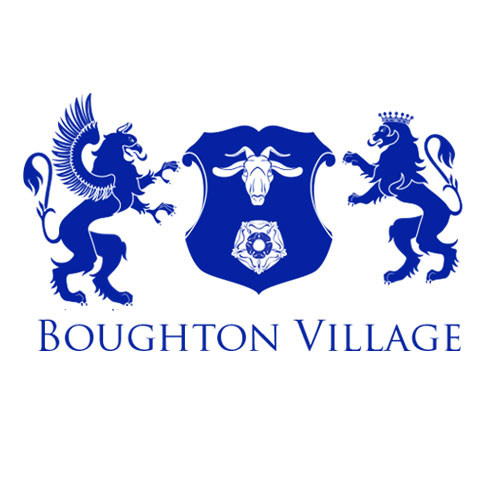

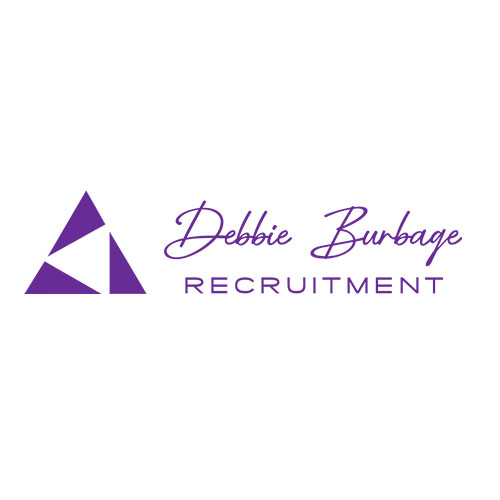





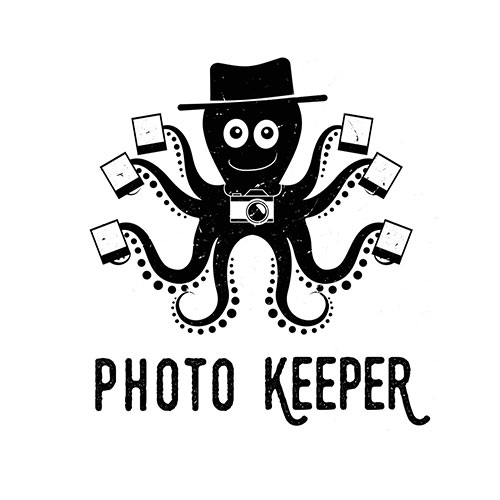


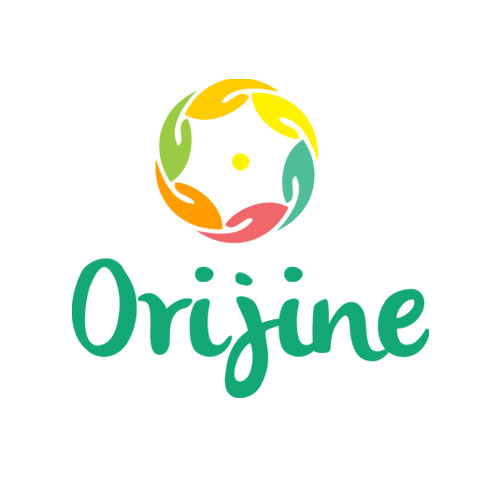



Colour Palette Creation
When it comes to branding, choosing the right colour palette is crucial as it can significantly impact the perception and recognition of your brand. A well-designed colour palette can evoke certain emotions, convey your brand’s personality, and create a consistent visual identity across different platforms. The colour palette is just one aspect of your brand’s visual identity. It should align with other design elements, typography, and overall brand strategy to create a strong and successful brand presence.
Typeography
Typography is used in various mediums, including print and digital media, such as books, magazines, newspapers, advertisements, websites, and mobile applications. It plays a crucial role in conveying information, setting the tone and mood, and creating a distinct visual identity. Effective typography considers the purpose, target audience, and method of communication. It balances functionality and readability to deliver clear and visually appealing messages.
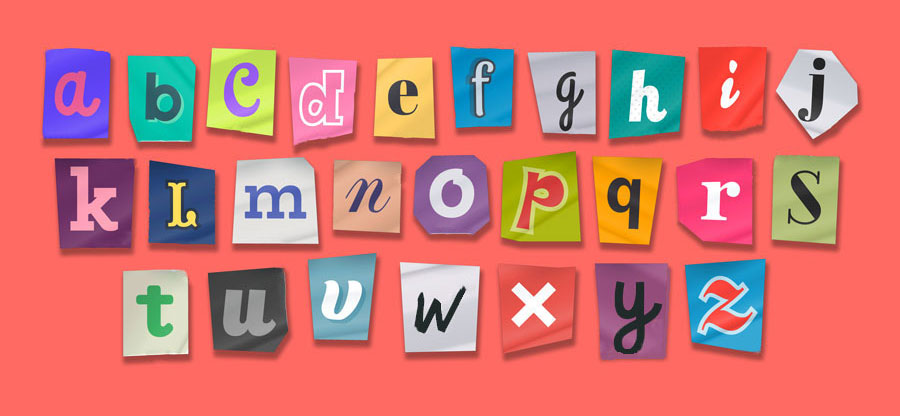

Brand Imagery
Brand imagery refers to the visual representation and perception of a brand. It encompasses the visual elements and design elements used to communicate the brand’s identity, values, and personality to its target audience. Brand imagery includes various aspects such as logos, colour schemes, typography, photography style, graphic elements, packaging design, and overall visual elements. Brand imagery is a powerful tool in shaping the perception of a brand and influencing consumer behaviour. It helps brands connect with their target audience visually and emotionally, creating a lasting impression and fostering brand loyalty.
Product Branding
Product branding refers to the process of creating and promoting a unique identity for a specific product or line of products. It involves developing a brand strategy that encompasses the visual elements, messaging, and overall perception associated with the product. Effective product branding aims to differentiate the product from its competitors, create a positive and memorable image in the minds of consumers, and establish a connection with the target market.
Packaging Design
Packaging design is a crucial aspect of product development and marketing. It refers to the process of creating the exterior and functional appearance of a product’s package, which serves to protect, promote, and facilitate the use of the item inside. Packaging design should reflect the brand identity by using the brand logo, colour palette and other visual elements that are being used in other branding, marketing and advertising.

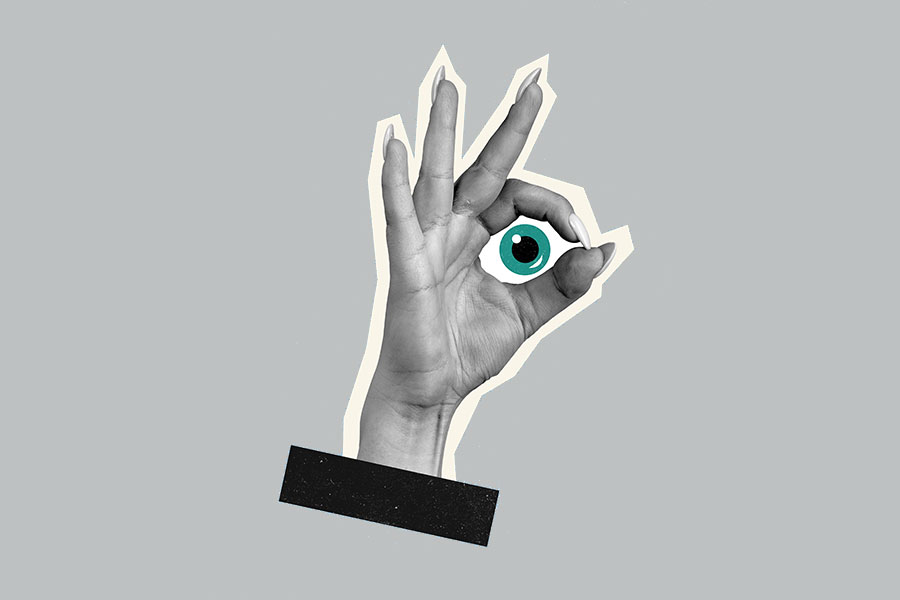
Brand Quality
Brand quality perception can vary among different consumer segments and can also be influenced by marketing efforts, competition, and changing market trends. Brands that consistently deliver on their promises and maintain a focus on meeting customer needs are more likely to be associated with high-quality products and services. Maintaining consistency in product quality and customer experience across different locations and over time is crucial for establishing a reliable and trustworthy brand.

